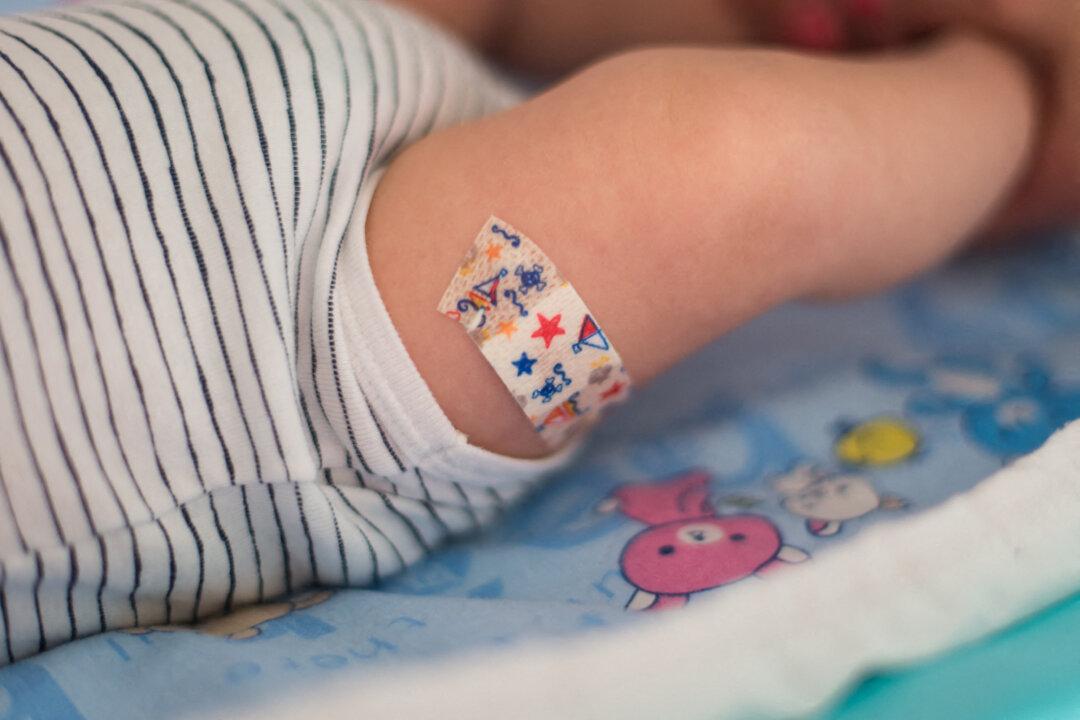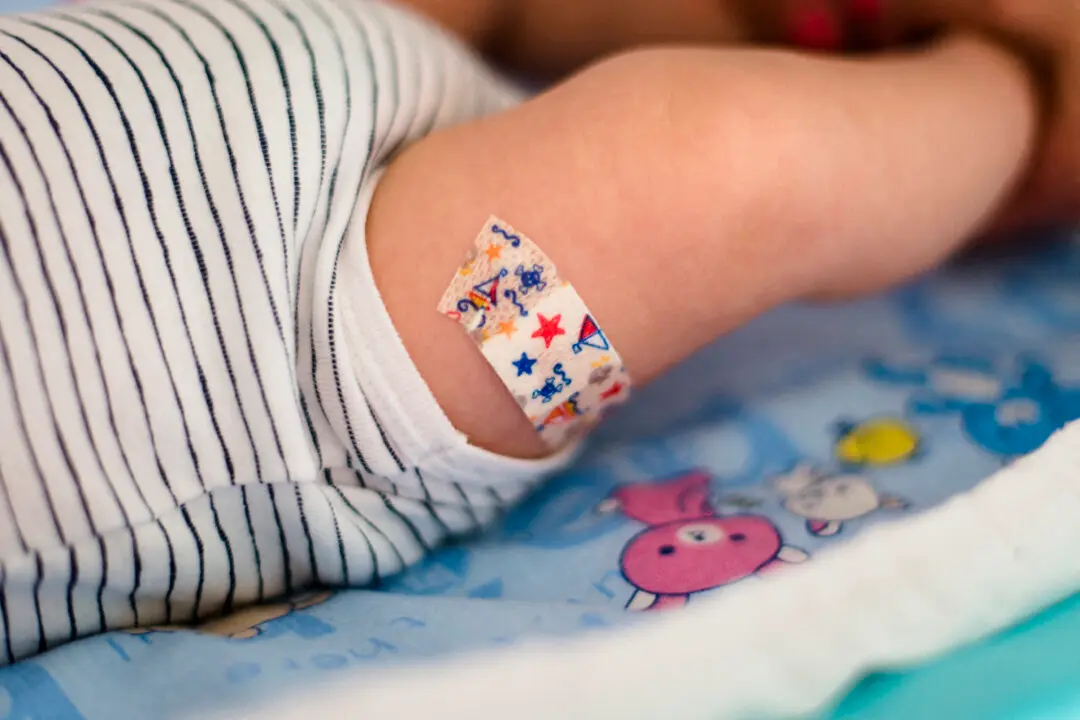Children are affected by COVID-19 less than adults, Centers for Disease Control and Prevention (CDC) researchers stated in the first pediatric dataset released by U.S. public health officials.
Researchers examined 2,572 cases in people up to the age of 18 in the United States documented among the 149,082 laboratory-confirmed cases in which patient ages were known, through April 2. There are currently no confirmed youth deaths in the United States caused by COVID-19, the disease caused by the CCP (Chinese Communist Party) virus, commonly known as novel coronavirus.






